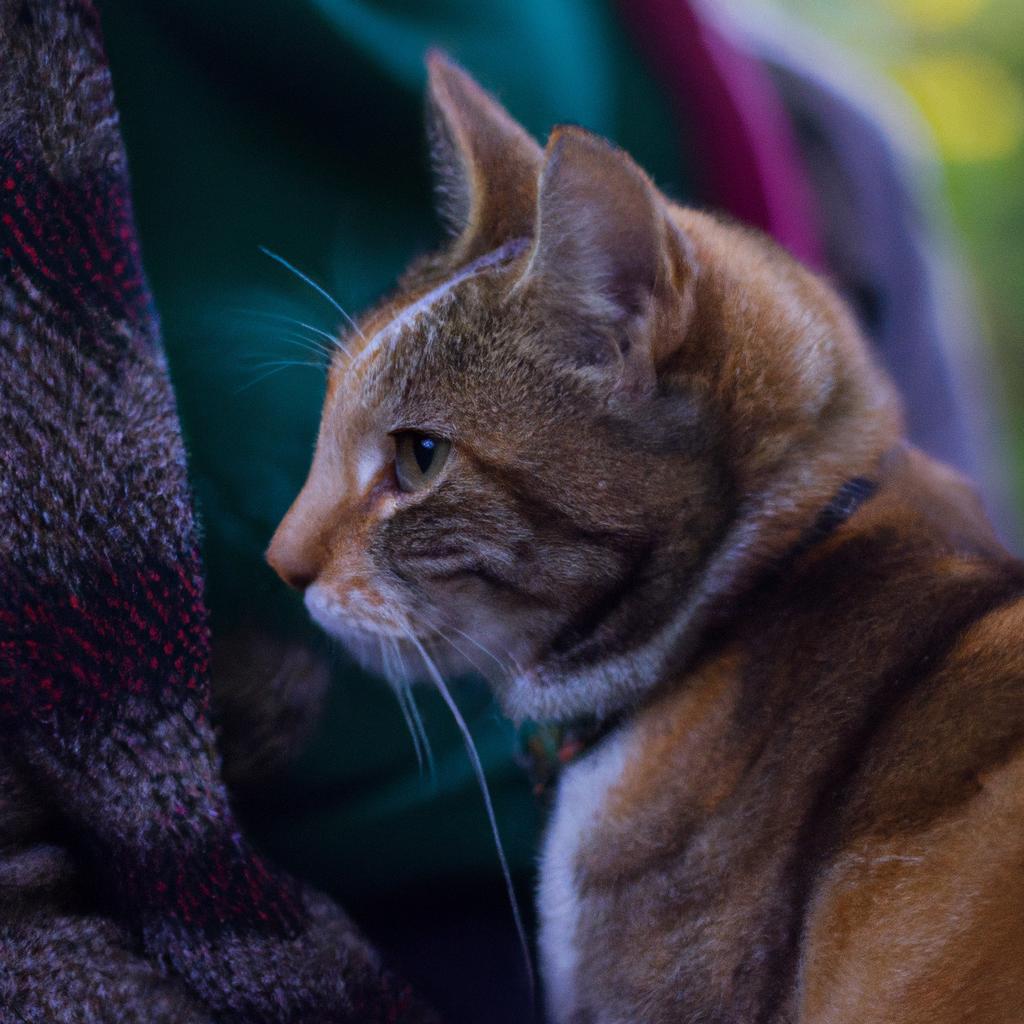Discover the reasons behind why cats love sitting on laps and how it affects their owners' productivity.
The Bond Between Humans and Cats
This post is AI-generated and not currently indexed, for testing purposes only.
Cats have been domesticated for thousands of years, and throughout this time, they have formed a unique bond with humans. This bond is built on mutual trust, companionship, and emotional connection. Cats often seek physical closeness with their owners as a way to express their affection and strengthen the bond. Sitting on their owner's lap is a comforting and reassuring experience for both the cat and the human, creating a sense of security and warmth.
Another reason for the bond between humans and cats is the reciprocal benefit they provide to each other. Cats are known for their ability to sense and alleviate stress and anxiety in their owners. Their presence alone can have a calming effect, and sitting on their owner's lap allows them to provide even more comfort and emotional support.
The Science Behind Lap Sitting
From a scientific perspective, lap sitting can be explained by the cat's innate need for warmth and security. Cats have a higher body temperature than humans, and sitting on a warm lap helps them regulate their body heat. Additionally, cats have scent glands on their faces, and rubbing their cheeks against their owner's legs or lap is a way to mark their territory and show affection.
Furthermore, lap sitting can trigger the release of oxytocin, also known as the 'love hormone.' When a cat sits on its owner's lap, both the human and the cat experience an increase in oxytocin levels, promoting feelings of bonding, trust, and relaxation. This hormonal response reinforces the comforting connection between cats and their owners.
The Comforting Benefits for Cats
For cats, sitting on their owner's lap provides a sense of security and comfort. It allows them to feel safe and protected, especially in unfamiliar or stressful situations. Lap sitting also offers cats an opportunity to receive physical affection, such as gentle strokes or head scratches, which they enjoy and find soothing.
Moreover, lap sitting can help reduce a cat's anxiety and stress levels. The rhythmic motion of their owner's breathing and the sound of their heartbeat create a calming effect, similar to the sensation of being cradled or held. This can be particularly beneficial for cats that are prone to anxiety or exhibit fearful behaviors.
The Psychological Effects on Cat Owners
The psychological effects of having a lap-loving cat are significant for cat owners. The act of a cat sitting on their lap can bring about feelings of contentment, happiness, and relaxation. The physical contact and the purring sound of the cat can induce a sense of tranquility and reduce stress levels in the owner.
Furthermore, lap sitting can serve as a form of therapy for cat owners. The unconditional love and affection that cats provide can help alleviate symptoms of depression, loneliness, and anxiety. The presence of a lap-loving cat can create a soothing and positive environment, promoting emotional well-being and improving the overall quality of life.
Managing Productivity with a Lap-loving Cat
While having a lap-loving cat can be incredibly comforting, it can also present challenges when it comes to productivity. Cats have a knack for choosing the most inconvenient times to settle on their owner's lap, often when they are engrossed in work or trying to focus. This can cause distractions and interruptions, making it difficult to stay on task.
To manage productivity with a lap-loving cat, it is essential to establish boundaries and create designated work areas where the cat is not allowed. Providing alternative cozy spots for the cat, such as a comfortable bed or a heated blanket, can redirect their attention and encourage them to choose those spots instead of the owner's lap during work hours.
Additionally, incorporating regular play and interactive sessions with the cat can help burn off excess energy and reduce their desire to seek constant lap time. Engaging in interactive play sessions before work or during breaks can help fulfill the cat's need for attention and physical activity, making them more likely to relax independently when the owner is busy.
Ultimately, finding a balance between spending quality lap time with the cat and maintaining productivity is crucial. With patience, understanding, and proper management techniques, cat owners can enjoy the comforting connection of lap sitting while still accomplishing their tasks effectively.

